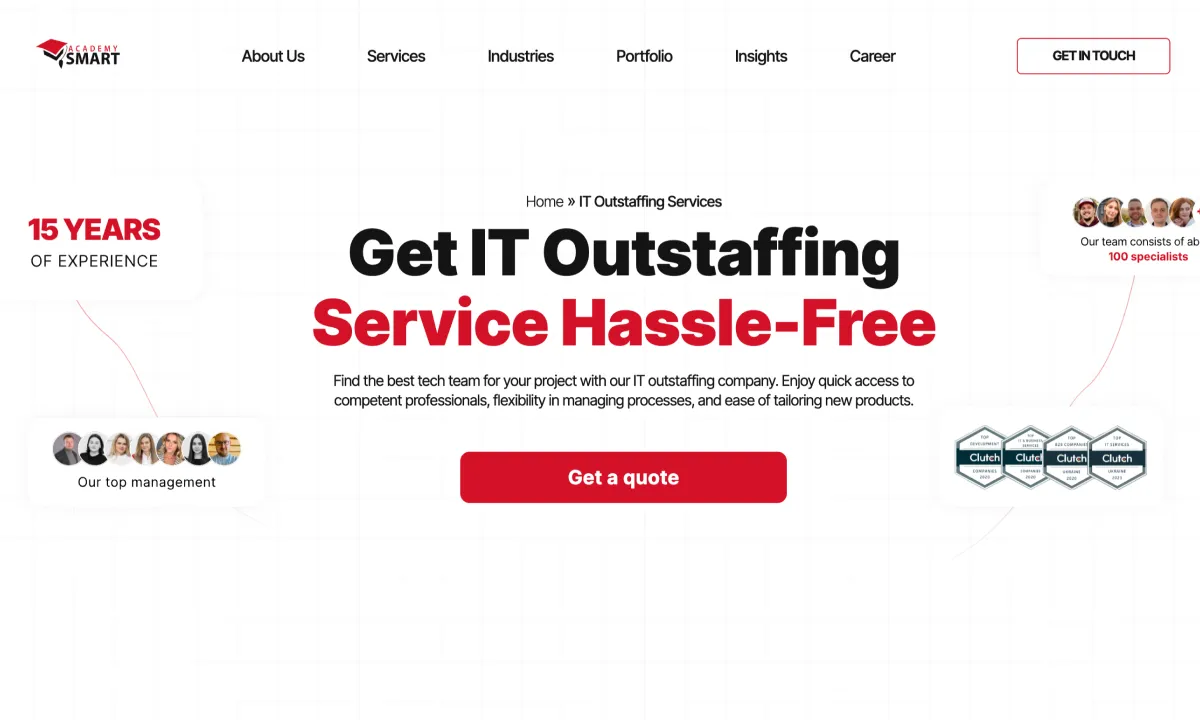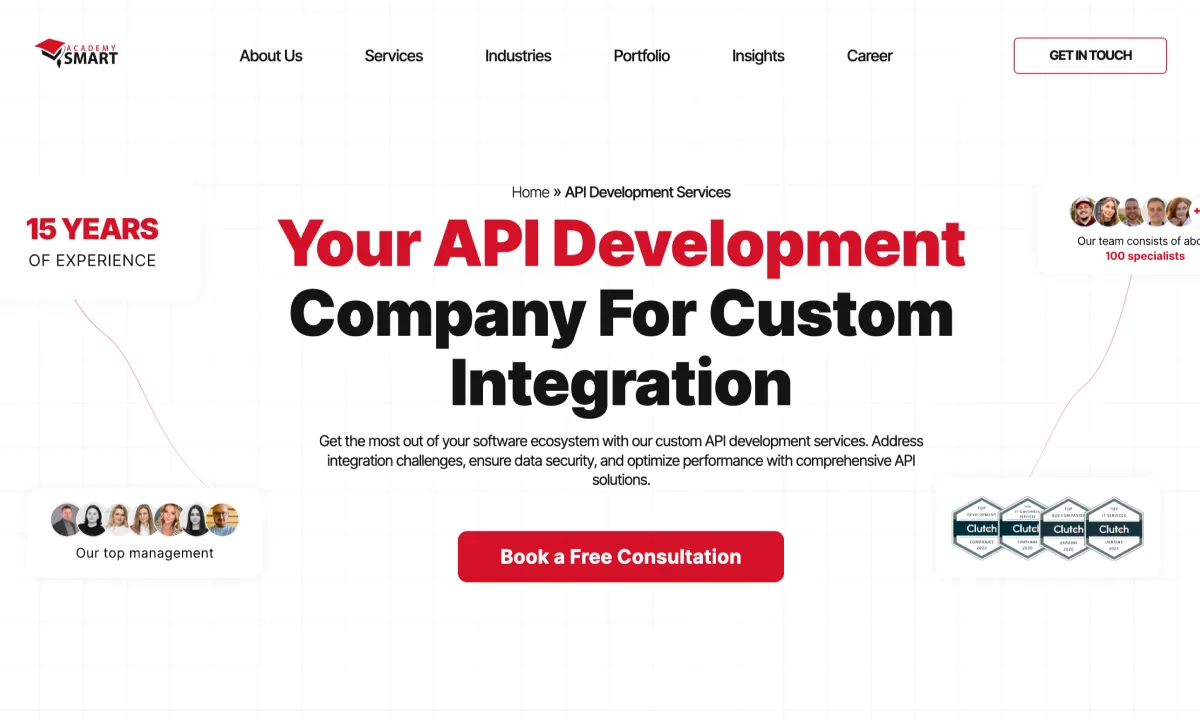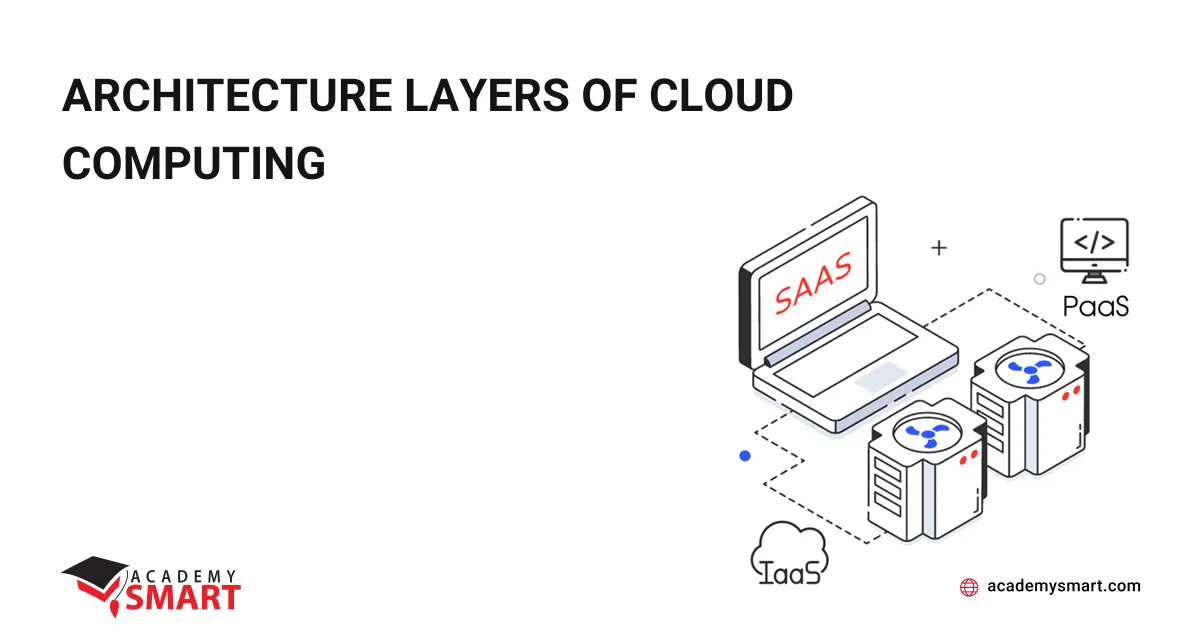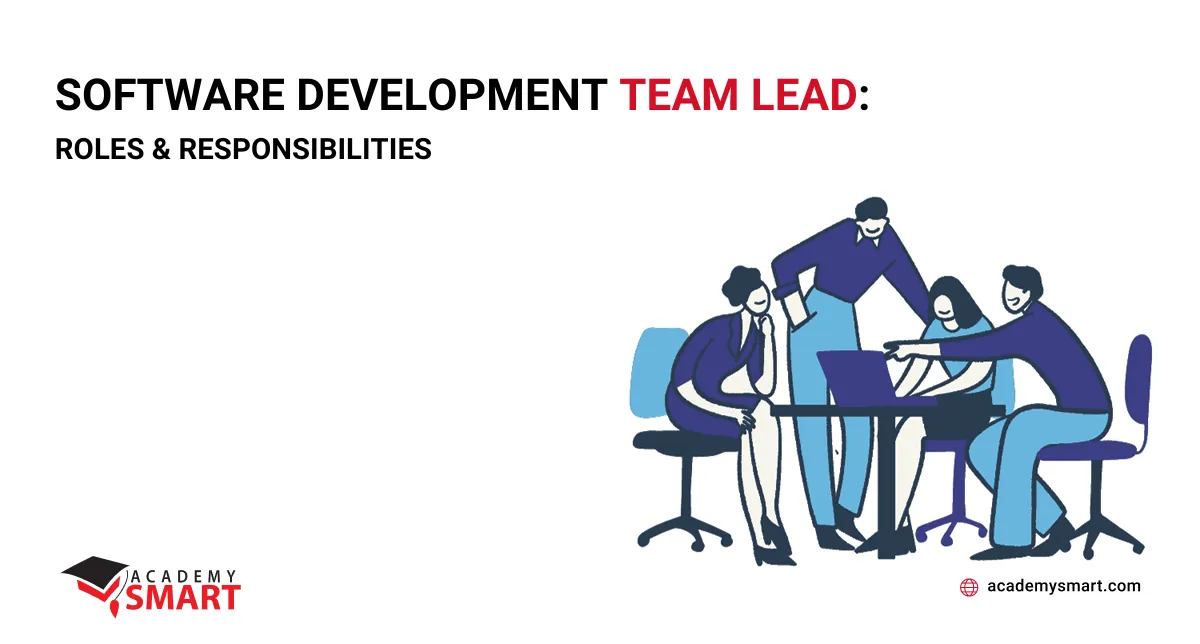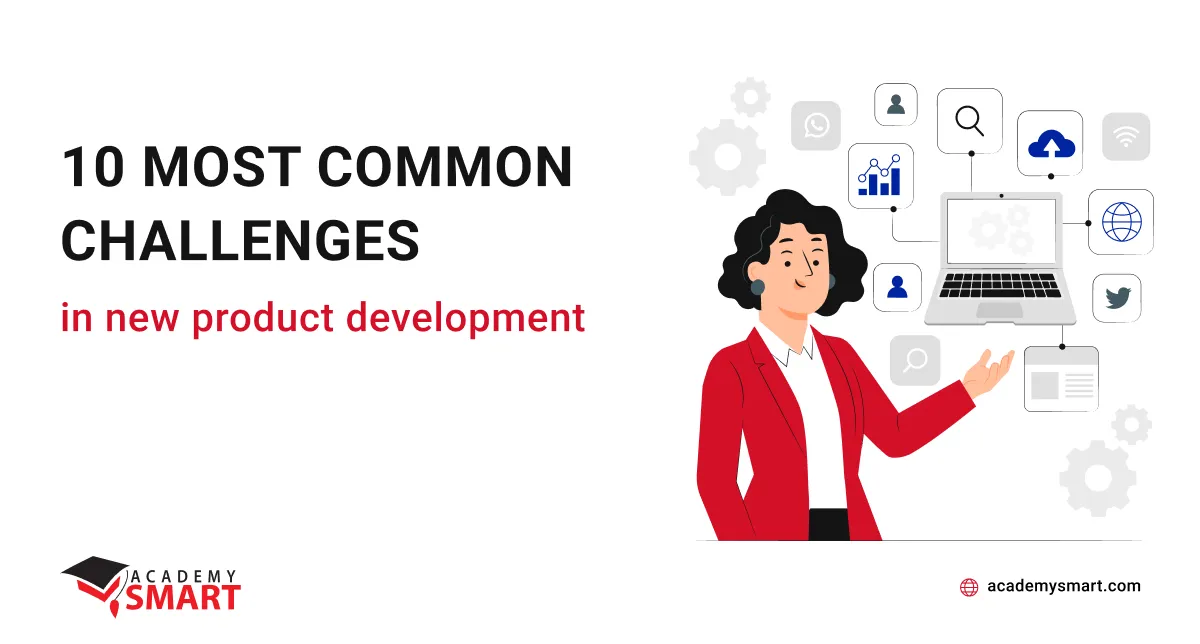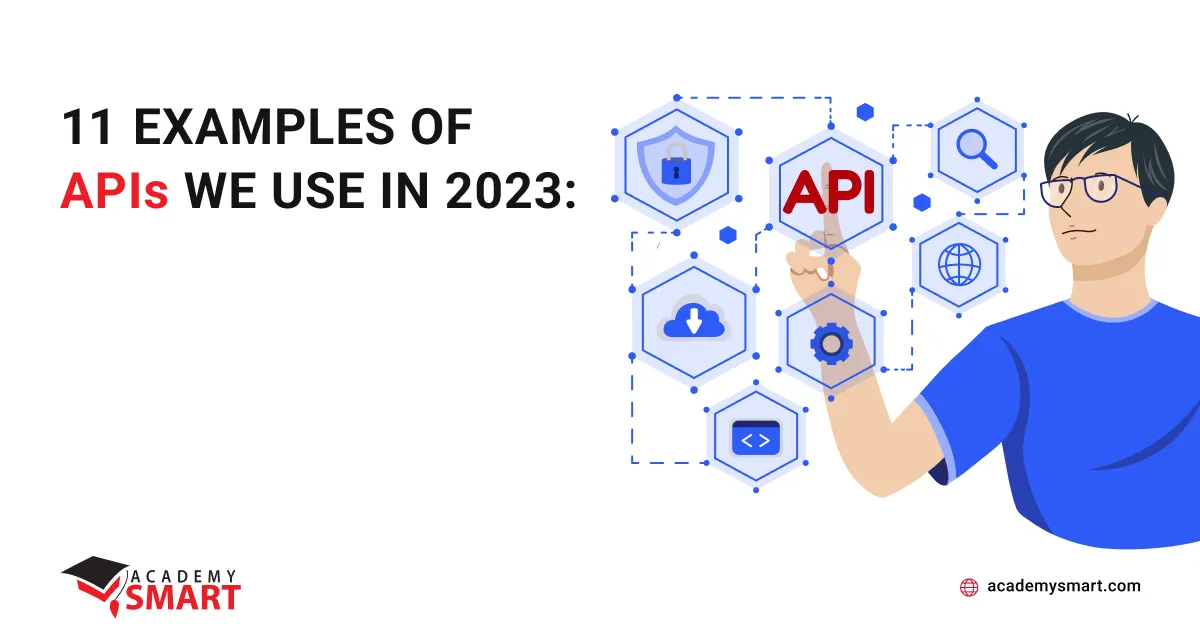
11 examples of APIs we use in 2023
Contents
APIs have revolutionized the way businesses operate by streamlining processes and increasing efficiency. They have become integral to modern software development, allowing developers to build applications faster and with greater functionality. On one hand, APIs are the core software infrastructure that ensures that the individual programs that make up an application can sync. On other hand, by incorporating pre-built functions and accessing pre-built data, APIs provide a simple yet powerful solution for businesses to enhance their digital offerings. As a result, companies across various industries are investing in API development to stay ahead of the competition and meet the evolving demands of their customers. In this article, you will get acquainted with API technology and examples of its practical use to find out how this toolkit can benefit your business.
What is an API
API (Application Programming Interface) is a back-end solution that allows different software applications to communicate and interact with each other. Essentially, an API provides a set of protocols, routines, and tools for building software applications, enabling them to access and share data or services with other applications, devices, or platforms. With an API, developers can seamlessly integrate their software applications with other systems, increasing functionality, efficiency, and productivity. Additionally, APIs can provide a secure and scalable way to manage data and services, making them an essential component of modern web and mobile applications.
In terms of accessibility, there are public and private APIs. An open API is accessible to anyone and can be used by any third-party developer to build applications and services that interact with the main application or service. Public APIs are typically developed to create new business opportunities, increase user engagement, and expand the reach of the main application or service. Public APIs examples include Google Maps API, Twitter API, Facebook Graph API, etc.
Private APIs enable communication between different internal systems or provide access to proprietary data or functionality. Examples of private APIs include enterprise software APIs and APIs’ code used by financial institutions. A private API is accessible only to internal teams, partners, and trusted third-party developers who have been granted access by the API owner.
In practice, when creating modern enterprise software products, these types of APIs are usually used in combination based on the business goals that the application faces and technical feasibility. A detailed algorithm for creating web applications for business is presented earlier in the blog. With its help, we have made many user-friendly and profitable apps for our customers in various areas. Visit our portfolio page below.
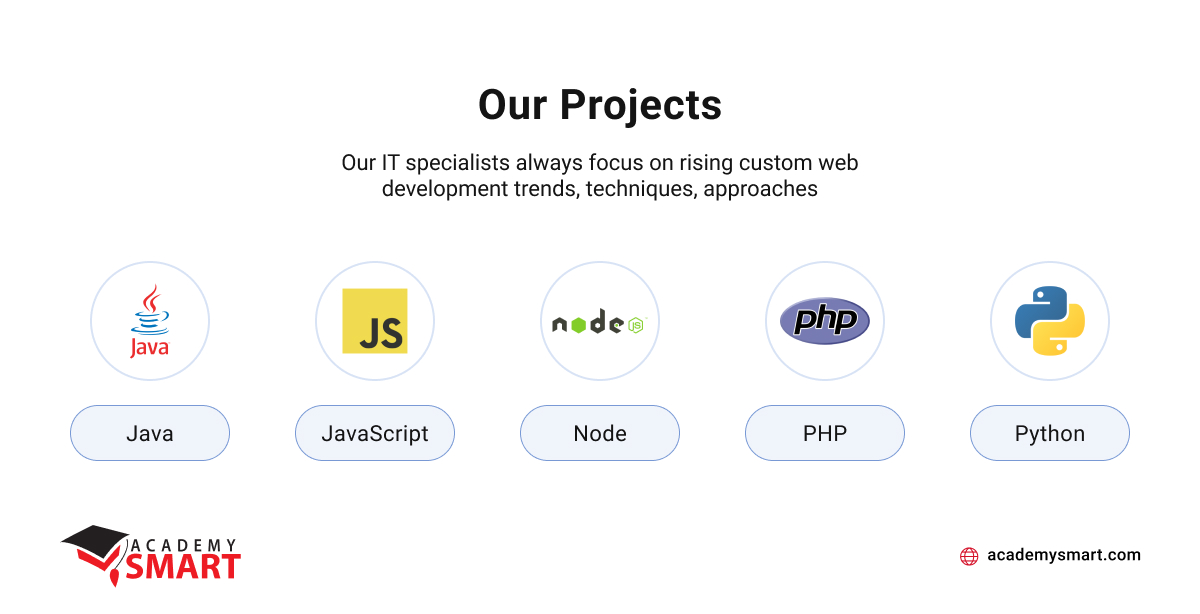
Products Academy Smart has delivered
What are APIs used for
Application programming interfaces enable software development and technology innovation, allowing seamless integration between different systems and apps and helping businesses stay competitive and responsive to changing market needs. What are APIs usually used for?
One of the most common uses is to provide communication between different software applications or systems. For example, to allow a website or mobile app to retrieve data from a database or external service, such as social media platforms, cloud storage or payment gateways.
APIs can also automate processes and workflows for more efficient and streamlined operations. For instance, an API might trigger an action in one system based on an event in another system or integrate data from multiple sources into a single dashboard or report.
In addition, APIs can also be exposed publicly to allow third-party developers to build new applications and services on top of existing platforms or systems. It can drive innovation and create new business opportunities while also providing a way to extend the functionality of existing tools and services.
Indeed, it is complicated to imagine a modern business application without using such a valuable tool as API. Of course, while professionally developing custom enterprise software, our company pays special attention to creating high-performance and secure private web APIs examples and choosing the best public third-party solutions. You can see these results in the following video presentation.
11 examples of APIs in 2023
Cases of using APIs in developing relatively simple and truly complex software have very diverse examples. Since each such interface performs a crucial practical function, they are widely used in almost all branches of application programming. That’s why API programming needs some special knowledge and skills.
Back-end engineers with knowledge of programming languages such as Java, Python, or JavaScript can code APIs. Experience in working with databases, cloud computing, and server-side technologies is also helpful. They must understand web development technologies and concepts like HTTP, REST, JSON, and XML. In addition, they should be able to design and architect API code examples based on the specific needs of the application or service, ensure the security of the APIs, and document them for other developers to use.
It is not always easy to find the right specialist without the help of qualified recruiters. Our article “IT Outstaffing company vs IT Recruitment agency” tells how to establish effective cooperation with them.
Companies are increasingly hiring API developers because APIs enable faster innovation, allowing them to produce high-quality goods and services that outpace competitors. That enables companies to enter new markets, expand their reach, and enhance user engagement. In essence, APIs today are a key tool for driving growth and differentiation in the business world. Well, let’s find out what examples of API usage are in real life.
Third-party authentication service APIs
Third-party authentication service APIs are an excellent tool for developers looking to provide their users with a convenient and secure authentication experience. They allow users to log in to a website or application using their credentials from another service provider, such as Google, Facebook, or Twitter.
These web APIs examples provide a secure way to access their data or services without creating a new account on a website. They also eliminate the need for users to remember multiple login credentials, making the authentication process faster and more comfortable.
Their specific functions may vary depending on the service provider. Still, generally, they involve authenticating the user’s identity and providing access to their data, such as their name, email address, and profile picture. For example, a website might use the Google Sign-In API to allow users to log in using their Google credentials. Once the user has authenticated themselves, the website can access their Google profile information, such as their name and email address, to personalize the user experience.
Another famous business solution example is Okta. It is a comprehensive identity management platform that provides many features beyond authentication, such as user provisioning, access management, and integration with various applications and services.
Okta supports various identity services, including social login providers like Google, Facebook, and LinkedIn, and enterprise identity vendors like Active Directory and LDAP. That’s why it offers extensive capabilities for integrating applications and managing their authentication and authorization. The API allows developers to create, update, and configure applications within Okta, including setting up single sign-on (SSO) configurations, managing user access to applications, and retrieving application metadata. The Okta API also enables developers to subscribe to specific events within the system and receive real-time notifications when user activations, password changes, or application assignments occur.
Chatbot APIs
Chatbots are software programs that can simulate human conversations and automate tasks. That type of API use cases often include customer service, marketing, sales, or fun. Chatbot APIs allow developers to integrate them into their applications or websites and provide access to pre-built chatbot platforms, natural language processing (NLP) engines, and machine learning algorithms.
These APIs enable developers to build custom chatbots integrated with various messaging platforms, such as Facebook Messenger, Slack, WhatsApp, and more. Some chatbot APIs also provide features like sentiment analysis, language translation, and voice recognition.
For example, let’s look at the Microsoft Bot Framework. It offers pre-built chatbot templates, natural language processing capabilities, and integration with various messaging platforms. Another example is the Dialog Flow API from Google, which allows web developers to create conversational interfaces using natural language processing and machine learning.
The Twitter Bot API allows developers to create automated bots that can interact with the Twitter platform. This public API example enables developers to build custom bots that can perform tasks such as posting tweets, sending direct messages, monitoring and responding to specific events or keywords, and retrieving data.
Video conferencing APIs
Video conferencing APIs exist to integrate that functionality into web or mobile applications. It is a potent communication tool that can be customized to meet specific business needs, such as remote collaboration, customer support, or online education. These APIs typically provide a range of features such as video and audio streaming, screen sharing, chat, and file sharing.
One famous example of a video conferencing public API is the WebRTC (Web Real-Time Communications) API, a free and open-source project supported by Google, Mozilla, and others. It allows developers to build real-time communication applications directly in the browser without plugins or software installations, including video conferencing.
Another use case example is the Zoom API, which allows developers to use Zoom’s video conferencing platform in case of their own applications. This API provides access to Zoom’s features, such as scheduling meetings, starting and joining meetings, managing users, and more.
Google Maps API
Google Maps API is a powerful geolocation tool that provides developers with an interface to Google Maps data. The API enables devs to embed Google Maps functionality into their applications, allowing them to display customized maps and location-based data on their websites or mobile apps.
This API performs various functions, such as displaying maps with customized markers, calculating directions between two or more locations, providing information about local businesses and points of interest, and geocoding – converting street addresses into geographic coordinates.
What are examples of Google Maps API integration in real-world applications?
- E-commerce websites use the API to display store placement and allow customers to search for nearby stores based on their location.
- Logistics companies use it to optimize delivery routes and track their vehicles in real time.
- Travel and tourism websites use this API code example to display information about popular tourist attractions, hotels, and restaurants on interactive maps.
- Real estate websites use it to display property listings and allow users to search for properties based on location and other criteria.
IP Geolocation APIs
This type provides information about an IP address, such as its country, region, city, latitude, and longitude. Businesses usually use these APIs to locate and track online users and provide personalized content and targeted advertising based on a user’s placement. IP Geolocation APIs are also used for fraud detection, security, and compliance. Their examples include MaxMind GeoIP2, IP2Location, and GeoIPify. These APIs typically require an API key and may charge fees based on usage volume.
Financial data APIs
Financial data APIs provide access to real-time and historical financial data for various assets, including stocks, currencies, commodities, and cryptocurrencies. These APIs can provide a range of data points, including prices, volumes, news, market trends, and more. They are commonly used by traders, investors, financial analysts, and developers to build financial applications, algorithms, and trading systems. Examples of financial data APIs include Yahoo Finance API, Alpha Vantage API, Bloomberg API, and EOD Historical Data API.
Another case of using financial data APIs is a variety of interface examples designed explicitly for banks. These APIs provide access to banking systems and allow to build applications that can interact with a bank’s services, such as account information, payment processing, and transaction history. Some examples of banking APIs include the Open Banking API, the Plaid API, and the Figo API. These APIs can help banks and financial institutions provide a better customer experience and improve their internal processes by enabling integration with other systems and applications.
eCommerce APIs
This software enables the integration of various eCommerce functionalities into web and mobile applications to build customized solutions for their clients. eCommerce APIs may include product catalog management, shopping cart integration, payment gateway integration, order processing, and fulfillment functionalities.
One example of an eCommerce API is the Shopify API, which provides web developers with access to Shopify’s platform and features, such as product and inventory management, customer management, and order processing. Another example is the Amazon Marketplace Web Service (MWS) API, which enables sellers to integrate their eCommerce applications with Amazon’s platform to manage listings, inventory, orders, and payments. PayPal payment gateway integration is often among the must-have API features for e-Commerce too.
Email sending/Marketing APIs
These software interfaces provide email marketing features, such as list management, email delivery, and tracking in their applications. These APIs allow businesses to send targeted and personalized emails to their subscribers, automate email campaigns, and analyze their performance.
Some popular email-sending/marketing APIs are:
- SendGrid API – offers email delivery, tracking, and analytics and supports various programming languages, such as Java and Python.
- Mailchimp API – provides email marketing automation, list management, and campaign analytics.
- Amazon SES API – enables businesses to send transactional emails and marketing campaigns at scale with high deliverability.
- Twilio SendGrid Marketing Campaigns API allows developers to create and manage email campaigns with advanced features like A/B testing and segmentation.
- SparkPost API – provides email delivery, analytics, and tracking services and supports multiple integration options, including SMTP relay and webhooks.
Travel booking APIs
These APIs enable owners to search, book, and manage various travel-related services, such as flights, hotels, car rentals, and activities, within their applications.
Travel booking APIs offer a wide range of functionalities, including search and filtering options for flights and accommodations, pricing and availability information, booking and payment processing, and customer support. Travel booking companies like Expedia, Booking.com, and Airbnb usually provide these APIs.
By integrating these APIs into new applications, developers can create a seamless and convenient travel booking experience for their users. They can also offer personalized recommendations and promotions based on user preferences and history. Additionally, they enable businesses to earn commissions on bookings made through their applications.
Food & restaurants APIs
This popular type of API offers access to information about food and restaurant-related data. It provides data such as restaurant listings, menus, user reviews, and ratings. Developers can use this data to create applications that help users find restaurants based on location, cuisine, price, and other criteria. These APIs can be used to develop restaurant reservation platforms, food delivery apps, and restaurant review platforms. Some examples of Food & Restaurants APIs include Zomato, Yelp, OpenTable, and Grubhub.
Weather APIs
A weather API is a service that provides access to weather-related information. It may have different features, data sources, and levels of detail available. Its destination is to retrieve current weather conditions, forecasts, and other relevant data for applications, websites, or technical systems. Typical examples are OpenWeatherMap API or Weatherbit API, but in particular cases, custom-made analog solutions of XYZ are preferred.
Weather API requests the server to get information by specifying the location or geographic coordinates. The API server collects data from various sources, such as weather stations, meteorological services, or weather models. Then, it generates a response containing the requested weather information in a structured format, such as JSON or XML, making it easy for developers to parse and extract the required data. The response may include temperature, humidity, wind speed and direction, precipitation, atmospheric pressure, and forecasts for different periods.
Developers can use collected data within their applications to display current weather conditions, build weather widgets, generate forecasts, or perform further analysis or processing based on this information. Some weather data API suppliers may provide additional functionalities like historical weather data, radar imagery, or specialized weather alerts.
Of course, this is not an exhaustive list of application interfaces since various APIs are no less in demand in the healthcare system, science, education, industrial production, etc. In the healthcare system, APIs are used to exchange medical records and other data between different healthcare providers, clinics, and patients. In science, APIs code examples exist for data analysis and visualization. They are designed for managing and monitoring production processes, tracking inventory, and managing supply chains in industrial production. APIs are usually needed in learning management systems, student information systems, and digital libraries in education.
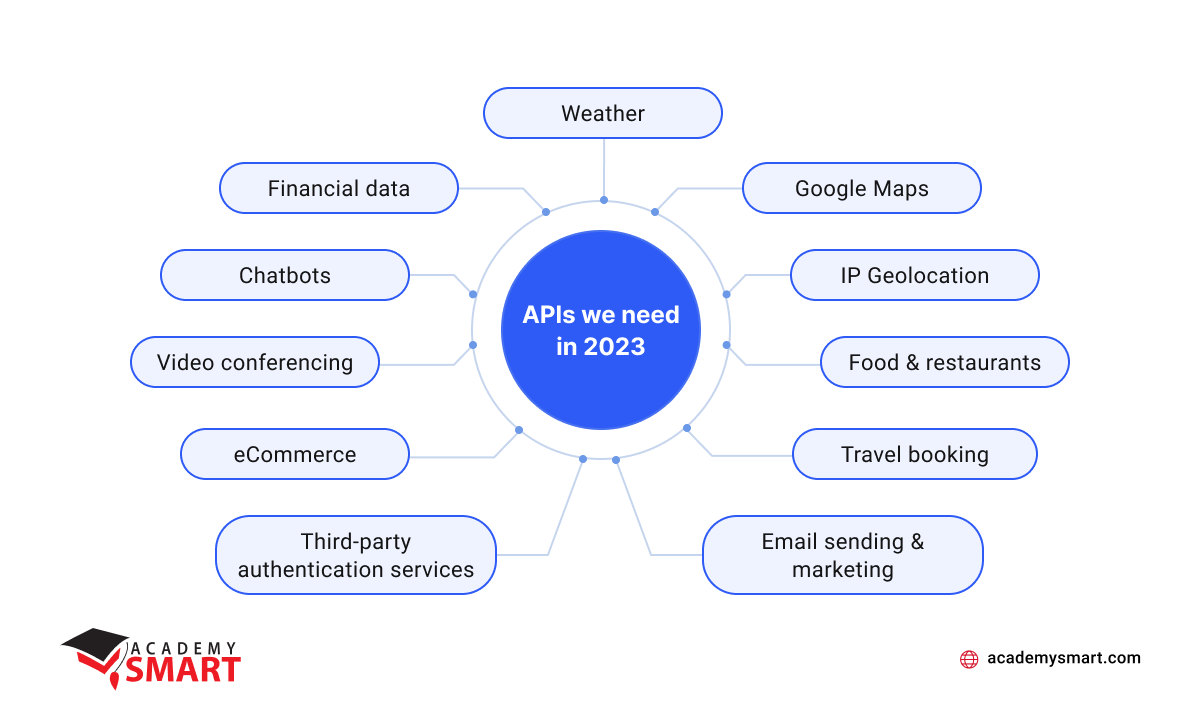
Illustrative APIs use cases in 2023
Importance of APIs for Business
Summing up, we can state that APIs play a crucial role in modern businesses for several reasons:
- They allow you to connect heterogeneous software environments and services effectively;
- They provide an opportunity to expand the range of services provided, increasing the reach and engagement of application users;
- They allow you to save significantly on developing multifunctional software, combining reliable ready-made solutions into a new competitive, profitable, and innovative information system.
Most likely, your application also uses several APIs, even if you don’t know about them. Feel free to consult with developers to improve your software product using all possibilities of this technology. That will ensure faster development of essential features for software in your niche and a more authentic user experience that will advantageously differentiate your application from similar ones.
Why cooperation with Academy SMART is beneficial
The Academy Smart company solves various tasks of creating custom enterprise software to order. Our team is staffed by well-educated and creative engineers who constantly create high-performing and profitable applications for our customers by developing unique and integrating third-party APIs per the software requirements and common business intent. Choosing the option of outsourcing web application development in our company is simple: indicate your needs and vision of the product, and our dedicated development team will prepare a technical solution.
Our company also provides staff augmentation services for your development team. Whether you need strong back-end developers to write APIs for your product or a talented team leader with specialized expertise, we can help you find suitable candidates quickly and inexpensively. Leave your request for the programmers in demand and delegate the recruitment routine to us.
Don’t put off the growth of your business for later. Get in touch with us now and entrust programming to professionals.
Examples of API: Frequently Asked Questions
What are the 3 most common APIs?
The three most common APIs are REST (Representational State Transfer) API, SOAP (Simple Object Access Protocol) API and JSON-RPC (Remote Procedure Call) API.
What are API testing examples?
Some popular API testing tools are Postman, SoapUI, JMeter, Swagger, Assertible, Rest-assured, Karate, Insomnia, Newman, and Paw.
What are the main types of API connections?
The main types are RESTful APIs, widely used for web-based applications, and SOAP APIs, commonly utilized in enterprise systems.
Book a free consultation

Reach out to start talking today!

